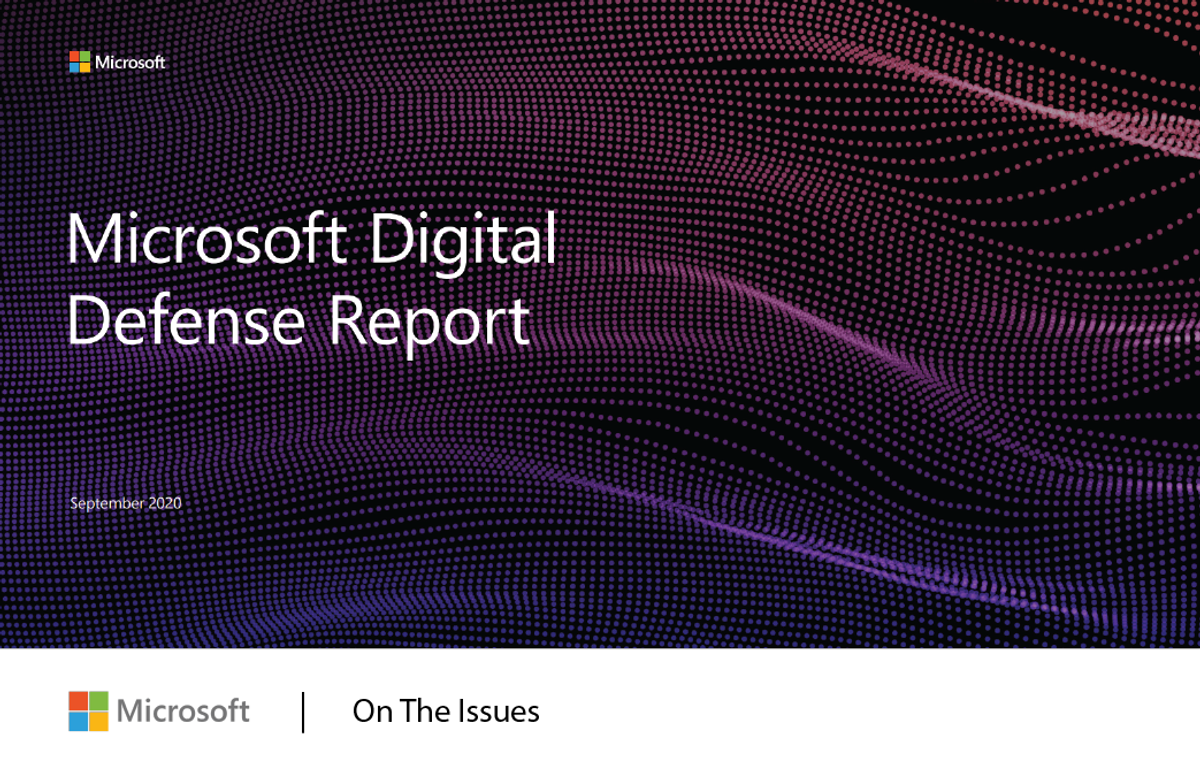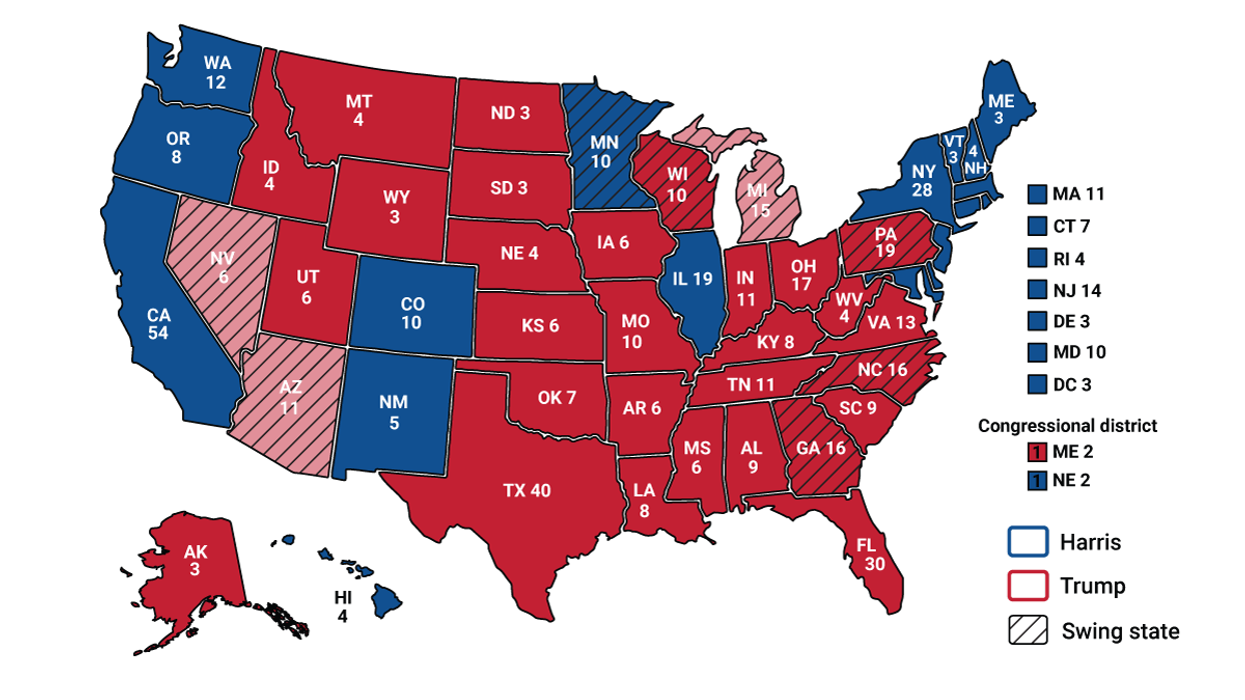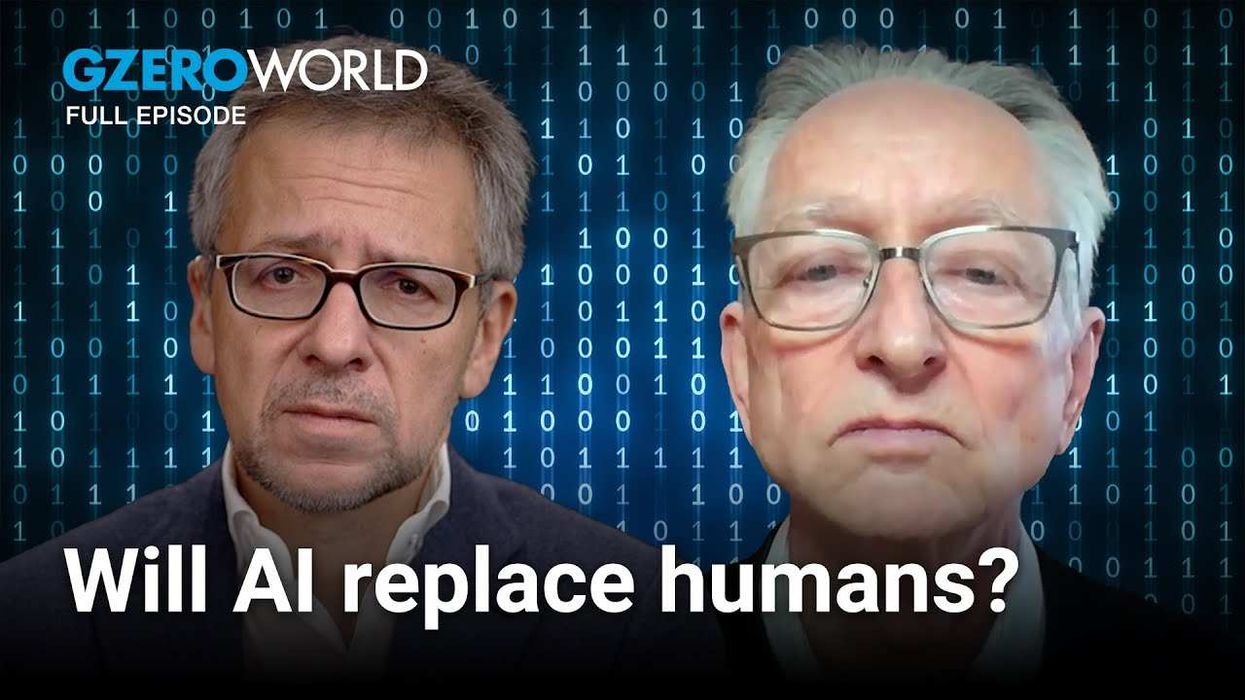Microsoft released a new annual report, called the Digital Defense Report, covering cybersecurity trends from the past year. This report makes it clear that threat actors have rapidly increased in sophistication over the past year, using techniques that make them harder to spot and that threaten even the savviest targets. For example, nation-state actors are engaging in new reconnaissance techniques that increase their chances of compromising high-value targets, criminal groups targeting businesses have moved their infrastructure to the cloud to hide among legitimate services, and attackers have developed new ways to scour the internet for systems vulnerable to ransomware. Given the leap in attack sophistication in the past year, it is more important than ever that steps are taken to establish new rules of the road for cyberspace: that all organizations, whether government agencies or businesses, invest in people and technology to help stop attacks; and that people focus on the basics, including regular application of security updates, comprehensive backup policies, and, especially, enabling multi-factor authentication. Microsoft summarized some of the most important insights in this year's report, including related suggestions for people and businesses.
Read the whole post and report at Microsoft On The Issues.


















